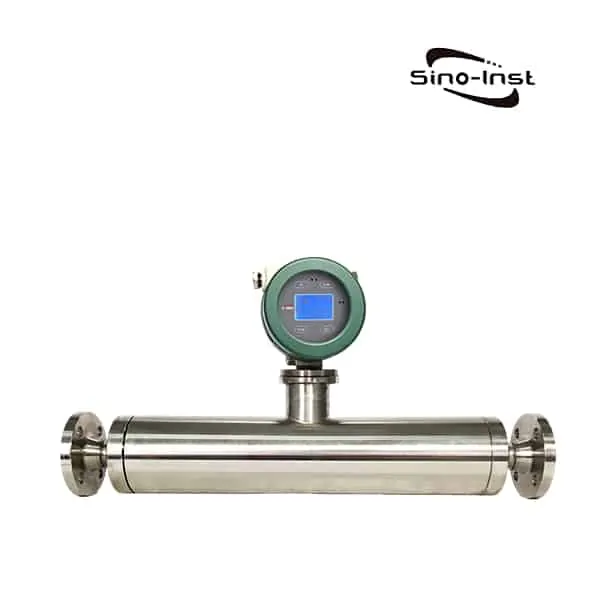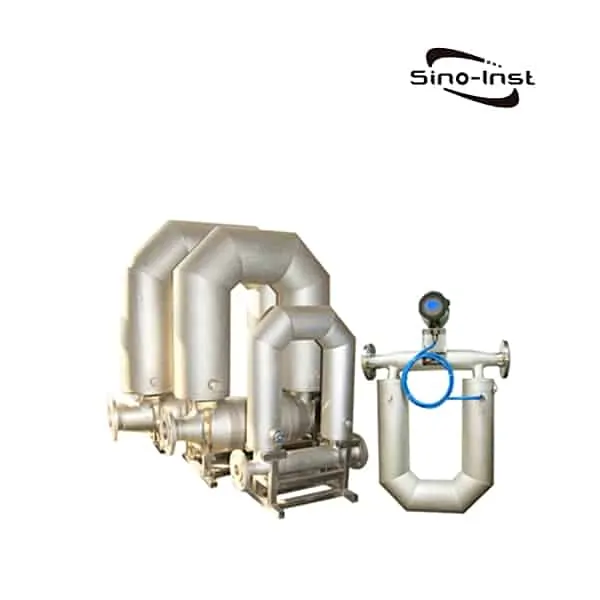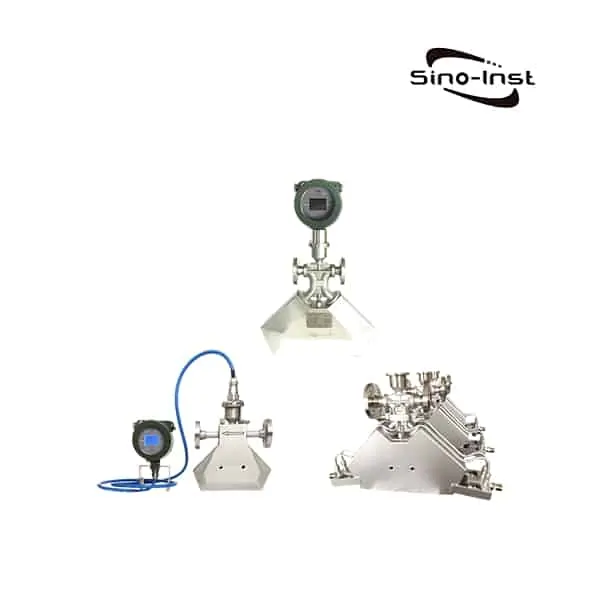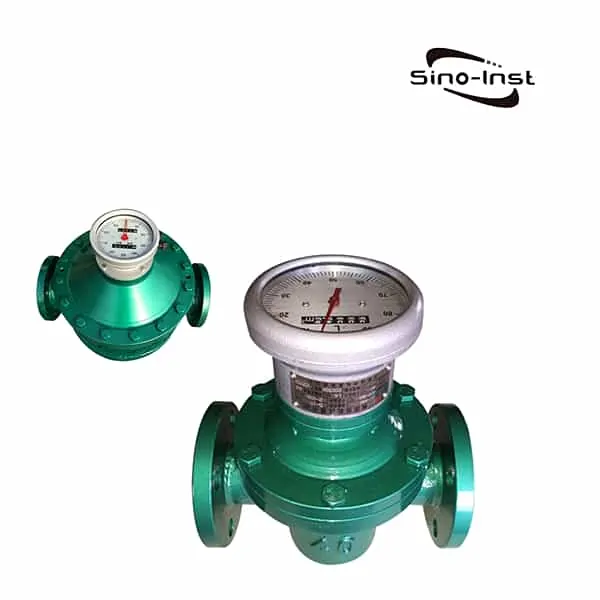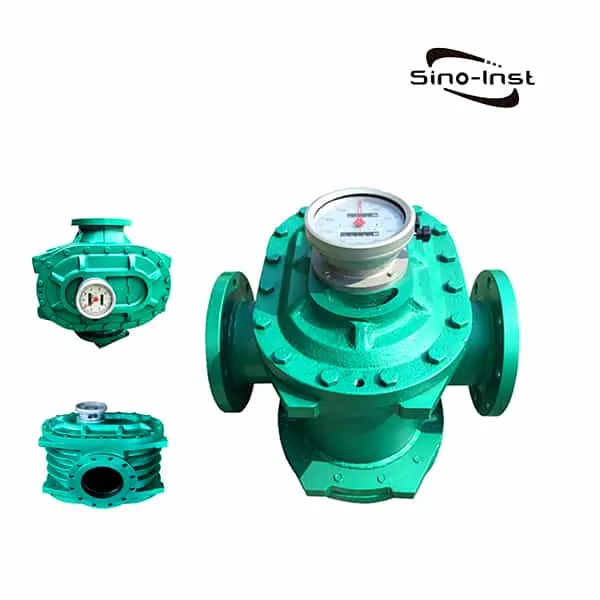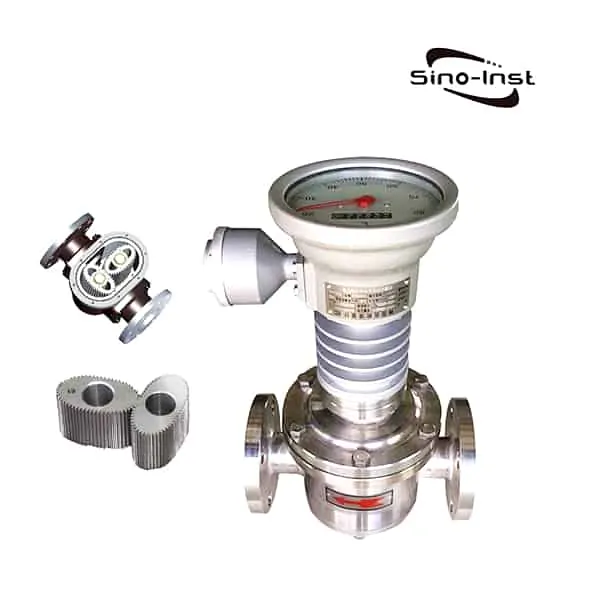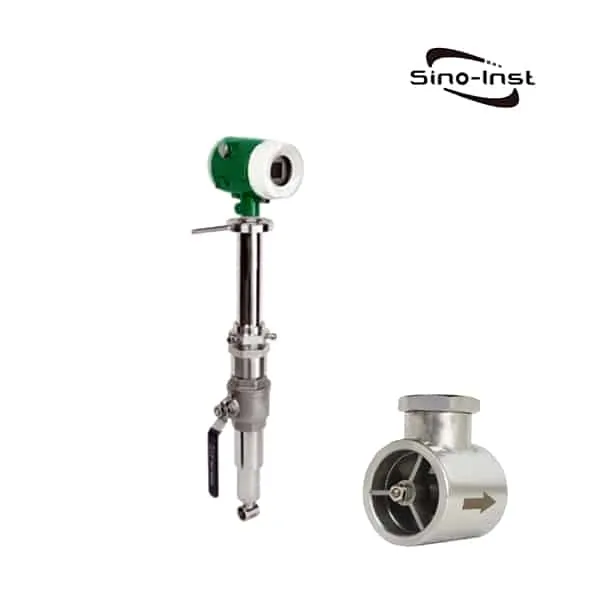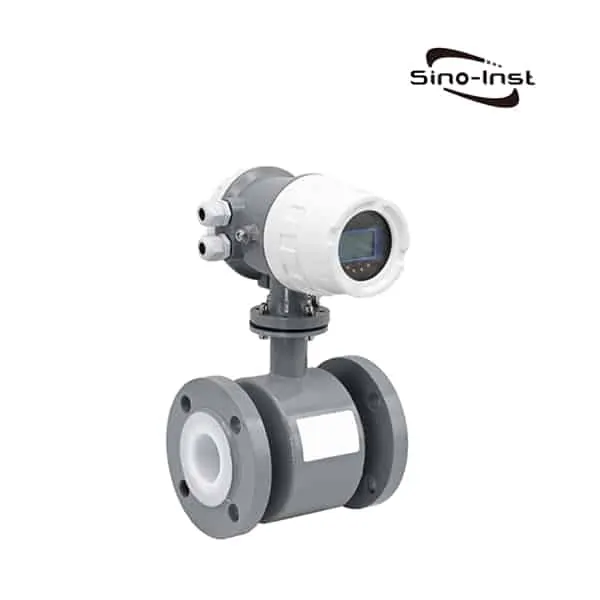Crude Oil Flow Meter refers to a type of flow meter that can accurately monitor and measure the flow of crude oil. Crude oil is an industrial raw material with complex physical and chemical properties. In the process of production, storage, transportation and trade, it is greatly affected by factors such as temperature, pressure and environment. Storage, transportation and handover not in accordance with standard specifications will lead to increased measurement errors and affect product quality.
Therefore, the flow measurement of crude oil has always been the focus and difficulty of the oil and gas extraction industry.
After years of service experience, Sino-Inst offers multiple crude oil flow meters. Including mass flowmeters, positive displacement flowmeters, turbine flowmeters, etc.
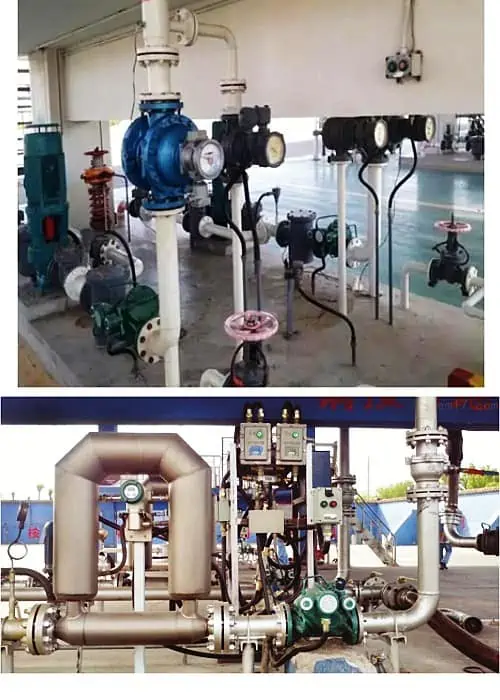
Featured crude oil flow meters
types of crude oil flow meters
In terms of the medium to be measured, the crude oil containing impurities needs flow measurement, and the flow measurement of the working conditions with impurities itself is a big problem. Choosing the right crude oil flow meter is even harder.
Based on years of service experience, the following 7 type flowmeters are the types of flowmeters that we believe can effectively measure the flow of crude oil.
Read more about: The Pros and Cons of Micro Motion Flow Transmitters
Summary of Crude Oil Flow Measurement Options
Flowmeters are the most commonly used instruments in oil exploration enterprises. The selection of flowmeters used in many production sites in oil fields is not reasonable, and some have installation errors, resulting in excessive measurement errors, and some cannot meet the needs of production or crude oil transfer measurement.
Many forms of flowmeters can measure crude oil, but when choosing a model based on experience and simply considering the purchase cost, you may lose the opportunity to choose the most suitable meter.
For example, the flow range of the instrument does not match the actual flow, and the instrument with high precision is selected for places with low measurement requirements.
It can be seen that the correct selection and use of flow meters is not an easy task. To choose a crude oil flowmeter correctly and efficiently. The following five factors must be considered, namely: performance requirements, physical properties of crude oil, installation requirements, environmental conditions and costs.
Read more about: Flow Meter Selection Guide
The selection of crude oil flowmeter should comprehensively consider the five factors of instrument performance, fluid characteristics, installation conditions, environmental conditions and economy.
Encounter the phenomenon that the physical properties of crude oil, especially the viscosity-temperature characteristics, are not very clear. Special units should be invited to do a complete set of crude oil tests and make a physical property report.
Consult with the flowmeter manufacturer or technical department about the adaptability of various flowmeters and the influence of physical property changes on the performance of the flowmeter. Choose a flowmeter that meets your needs.
flow measurement in oil and gas industry
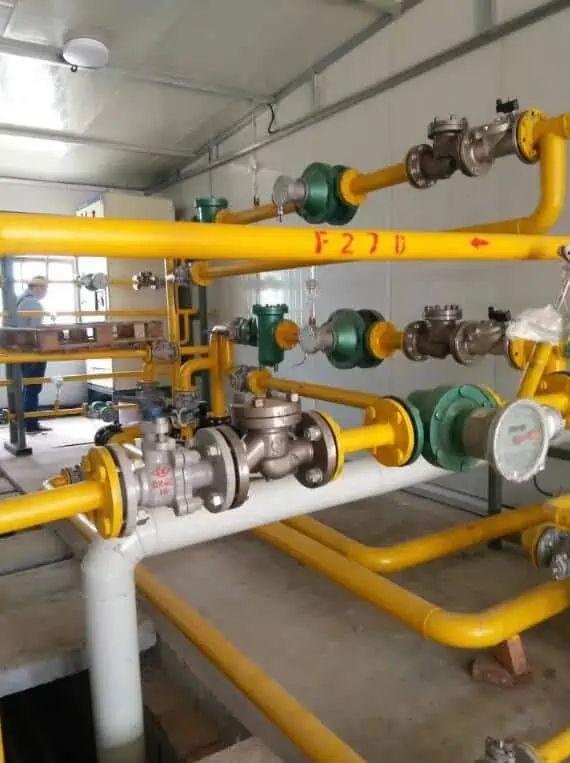
Every day, a large amount of oil and gas are transported back and forth, refined, and then transported, as well as custody transfer. Difficult oil and gas flow measurement challenges such as corrosive media and harsh environments are our daily work. This requires mature and safe technology. Through instrument measurement and display monitoring, safe and reliable operation can be achieved.
Many types of flow meters are used to measure oil and gas flow. Each type has its advantages and disadvantages.
Read more content discusses these advantages and disadvantages.
More oil and gas measurement solutions
Frequently
Asked
Questions
Sino-Inst is Manufacturer of Crude Oil Flow Meters. We supply more than 20 kinds of Crude Oil Flow Meters. 40% mass flowmeters,30% oval gear flow meters and other types of flowmeters.
Crude Oil Flow Meters are mainly used for flow measurement of high viscosity crude oil flow.
Crude Oil Flow Meters enable stable flow measurement without piping modifications. This greatly meets the measurement needs of many applications. Can be used from small to large tubes.
Sino-Inst’s Crude Oil Flow Meters, made in China, Having good Quality, With better price. Our flow measurement instruments are widely used in China, India, Pakistan, the US, and other countries.
The entire team at Sino-Inst’s has received excellent training, so we can ensure that every client’s needs are met. For assistance with your product requirements, whether it’s a Crude Oil Flow Meter, level sensor, or other device, give us a call.
Request a Quote

Wu Peng, born in 1980, is a highly respected and accomplished male engineer with extensive experience in the field of automation. With over 20 years of industry experience, Wu has made significant contributions to both academia and engineering projects.
Throughout his career, Wu Peng has participated in numerous national and international engineering projects. Some of his most notable projects include the development of an intelligent control system for oil refineries, the design of a cutting-edge distributed control system for petrochemical plants, and the optimization of control algorithms for natural gas pipelines.

